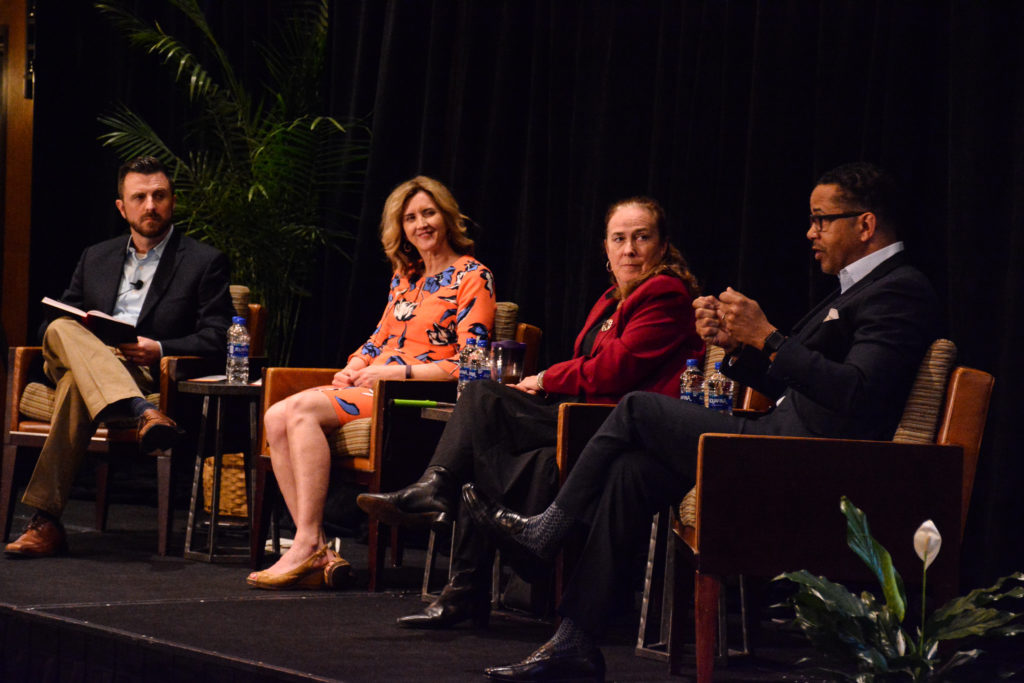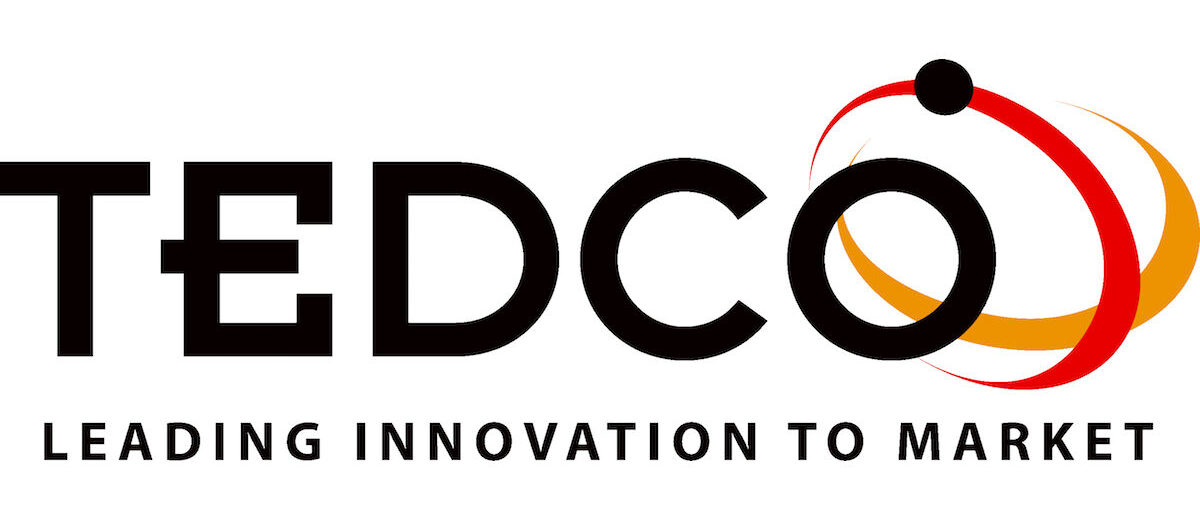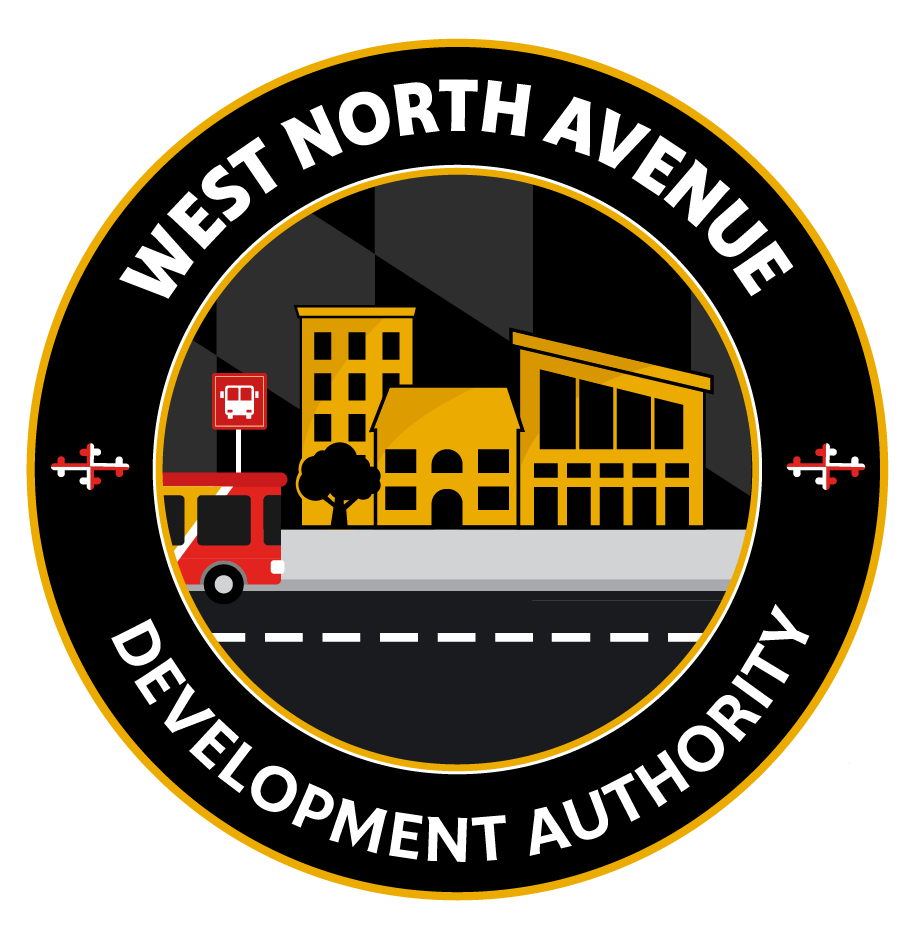Annual Conf Recap: Finding the Unique Story Panel
 Pictured from left to right: Michael White, Chief of Staff, Maryland Department of Housing & Community Development (Moderator); Sandy Sponaugle, CEO and Founder, Platinum PR; Elizabeth Fitzsimmons, Managing Director, Division of Tourism, Film and the Arts, Maryland Department of Commerce; Al Hutchinson, President and CEO, Visit Baltimore
Pictured from left to right: Michael White, Chief of Staff, Maryland Department of Housing & Community Development (Moderator); Sandy Sponaugle, CEO and Founder, Platinum PR; Elizabeth Fitzsimmons, Managing Director, Division of Tourism, Film and the Arts, Maryland Department of Commerce; Al Hutchinson, President and CEO, Visit Baltimore
On Monday, April 30, 2018, economic developers of large and small communities came together at the MEDA Annual Conference to listen to the first panel of the day tackle the issue of how to tell your own unique community story. The panelists touched on the importance of identifying stakeholders and brand ambassadors, using data and metrics to drive decisions, and collaboration within your community. But the key message that emerged with emphasis:
“Whatever your story, you’ve got to own it. Be authentic and be consistent.”
M: When telling your story, where do you begin?
Every story requires a beginning. How to begin that story is key. The panel imparted tips for ways economic developers can begin to formulate their community story.
- “Start with who. Who is your audience? What information are they looking for and what problem can you solve for them?”- Sandy Sponaugle
- “Find out what differentiates you. Your audience is being talked to by hundreds of other organizations, so emphasize your key differentiating element.”- Liz Fitzsimmons
- “Collect data. Research is important to figure out your value proposition”- Al Hutchinson
M: How do you identify key stakeholders and brand ambassadors?
Another key component to storytelling is to identify stakeholders that will digest and share your message. Creating a message that resonates with your key community stakeholders is important. So who are those stakeholders in various communities large and small?
Political stakeholders are important. In Al’s view, “they need to understand what economic developers do- create jobs and tax revenue- in order to know their value. Therefore, economic developers should do the work on the front end to educate. Speak to your delegates, council members, mayor, etc. individually about your value proposition.”
Local residents are also important because they can also become brand ambassadors for your organization. “If we can’t get our local residents excited about our community then you can’t even start. Your number one cheerleader is the local resident,” Al added. For example, his group used community social influencers to send positive photos around Baltimore in order to curate positive stories. Through the hashtag #MyBeMore campaign they received over 66,000 pictures that now the colleges, private businesses and arts communities can also use to help recruit. Social media is a valuable tool and good way to garner followers and loyal activists. As Liz further commented, social media also allows you to respond to residents quickly and amplify positive messages further out.
“Stakeholders are on the ground 24/7. You need them. Sit down and ask them ‘what do you need us to do?’ Let’s help them do that. Take the collection of resources out there and amplify that message back out,” said Liz.
When it comes to finding brand ambassadors, Sandy emphasized that, “a community actually has it easier to find brand ambassadors because you know the players and have relationships with the business owners”.
What are brand ambassadors? “They are people who can be out there sharing your message and out there telling your story. They can be an extension of your team,” explained Sandy. “Find out what story they feel comfortable talking about and what avenues they can best use to share a message such as blogging, Facebook, podcasts or other platforms.”
M: Addressing Perspectives- do you take the time to change negative perceptions?
Perceptions of certain communities can be negative in nature, but as Sandy concludes, “how you break through perceptions is up to you to position yourself to spin your story”.
In Baltimore for example, both Al and Liz believe that you should “always advance the story forward”. On the State side, Liz talked about how the State makes sure they are always in concert with the local community and put a Baltimore message front and center.
“If we’re not telling that Baltimore is vibrant destination and keeping that message out there then someone else is going to tell the story,” said Liz. “Use your brand ambassadors and your local PR efforts to support moving the message forward.”
“Every urban area has issues- that is an urban story and Baltimore doesn’t own that story- but my job as a storyteller is to tell the positive, cool, community story. Someone else can tell the public safety story,” commented Al. “You can go negative really easily. But you’ve got to go positive if you want to win.”
M: Examples- who is a good storyteller?
Who is telling the best stories? The panel recommended a diverse group of examples of storytellers to keep an eye on ranging from communities to companies. According to Al: Austin, Savannah, Charleston and Nashville are all communities that have done a good job of creating a brand. Southwest, Nordstrom and Zappos are also companies that are good storytellers based on their outstanding customer service.
Liz mentioned Yukon and Michigan as great examples of communities known for their storytelling. Cheerios also is one who has kept the brand evolving and growing for a long time.
Sandy recommended Stitch Fix as a company who tells a great story and has brand ambassadors from all locations getting their message out there.
M: Takeaways
- “Start with who. Then create your wish list. Look at big picture assets/overarching story and then list the content you want to create and start checking off content calendar goals.”- Sandy
- “Be honest with yourself and figure out what makes you different. Spin your resources in a positive light and remember the customer and what you can bring that is different.”- Liz
- “Own your story… then put the budget behind it to do it. What can you do with the budget you are working with because you can’t do all things.”- Al
Effective and strong communication is key to building relationships, and relationships are key to effective economic development. Storytelling permeates our jobs — from marketing our communities to regional, national, and international audiences to communicating our value and results to elected officials, boards, and other stakeholders. This panel helped explain just how you begin to tell your story and why it’s so important these days.
“Content is king and you have to communicate, communicate, communicate. Your story never ends so make sure your story is authentic, consistent, on every platform you decide to go on. Be the best storyteller you can be and focus on the positive.” -Al Hutchinson.



